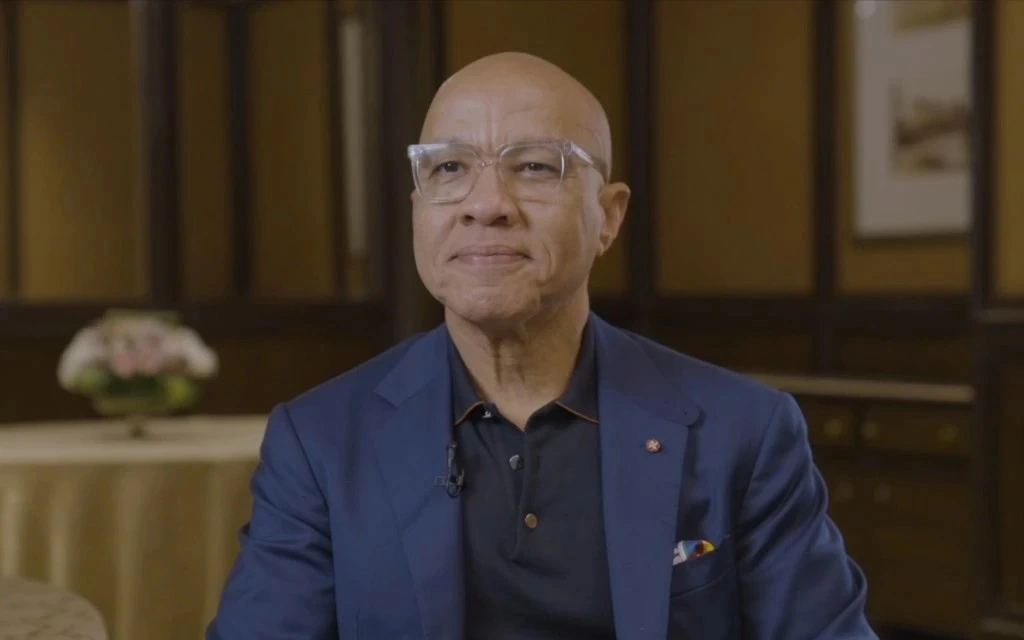With the passing of the Companies Act in 2013, India became one of the first countries to mandate Corporate Social Responsibility (CSR).1 Raising more than INR 50,000 crores from 2014 to 2018 alone, the Act has reshaped corporate social spending and expanded access for development financing to governments.
To better leverage CSR funds, online CSR portals have emerged across India. These portals were originally developed by state governments attempting to supplement their own budget shortfalls and provide additional resources towards state development plans. They hosted government-created social development projects that relied on crowdsourcing from corporate donors to fund and implement.
Related article: How to think about CSR post-lockdown
Over the past three years, in states including Odisha, Gujarat, and Telangana, these CSR portals have further developed into information repositories, resource centres, and more grandiose funding platforms for CSR projects. While they attempt to facilitate investment and reduce barriers to corporate social spending, poor implementation and limited flexibility have affected their potential to bring greater efficiency and alignment to CSR spending.
To address these setbacks, the International Innovation Corps, in partnership with the Michael & Susan Dell Foundation, supported Rajasthan’s Department of Education to develop and launch a sector-specific CSR portal, the first in the country. What follows are a few key insights that have helped Rajasthan raise more than INR 130 crores for government education, to date.
Making strategic use of CSR funds
Across India, the education sector receives the largest proportion of CSR funding. In 2016-17 in Rajasthan, the state received a total of INR 327 crores in CSR funding—32 percent of which, INR 106 crores, went to education. However, the majority of that funding was implemented independently, with limited transparency or overlap with the state’s education priorities.
Simply creating a CSR portal was not the key to Rajasthan’s success.
In late 2017, the Gyan Sankalp Portal was created. An education-sector portal, it was designed as an interactive funding platform for the state’s government schools. While the portal doesn’t dictate where companies spend their CSR funds, it does enable the government and corporate donors to collaboratively address needs in the education sector, use data to determine where the largest gaps are, ascertain what funding is available, and plan for how CSR can contribute.
The availability of granular data allows donors to view the most pressing needs for each school and provide customised support. | Picture courtesy: Rawpixel
Simply creating a CSR portal was not the key to Rajasthan’s success, and the installation of other such portals are not guaranteed to work in raising more funds for social development, as companies are not legally required to use them. However, building systems that cater to their incentives, making these portals easy to use, and creating win-win environments can help encourage companies to successfully use them.
Here are some of our learnings:
Gyan Sankalp’s features were designed to flexibly cater to how donors want to support government education. The portal hosts multiple donation options2 for individual and corporate donors, small and large. Unlike larger, pre-packaged projects on other CSR portals, these options enable donors to create customised projects in partnership with school leaders, directly donate to individual schools, or contribute to the state’s general education fund (which is used to fulfill government-identified ongoing and priority projects).
The government has used donor feedback to iterate and improve the portal along the way.
Additionally, the government has used donor feedback to iterate and improve the portal along the way. For example, it was consultations with individual donors which led to the development of the portal’s crowdfunding features that allow for direct donor-to-school contributions. These structures have made it easier for donors to give by catering to their interests, timelines, and funding capacities.
To guide the donation process, the portal connects directly to the state’s Management Information System (MIS), displaying infrastructure gaps down to the school level. The availability of granular data allows donors to view the most pressing needs for each school and provide customised support. In practice, this ensures, for example, that a state-of-the-art computer lab isn’t donated to a school that lacks basic access to electricity.
At the state level, standard operating procedures with associated roles and responsibilities were created for state, district, and block education officers that oversee CSR projects. Streamlining their internal protocol and establishing monitoring and reporting structures foster transparency by making it easy to track where and how funds are spent. By involving local-level officials, this top-to-bottom integration also builds their capacity to facilitate continued relationships between schools and donors.
Related article: What do nonprofits think of CSR?
In an analysis of donation data over the portal’s first year, the state discovered that while close to INR 100 crores had been raised, the majority of funding went to the top 20 percent of districts, and half of Rajasthan’s districts did not receive any CSR funding through the portal. With these insights, the government redesigned its training of block and district officers and built their capacity to better connect to corporate donors. Additionally, monthly progress reports are being sent to all districts to showcase top performers and spark friendly competition among neighboring districts.
While Gyan Sankalp has transformed the relationship between the government and its education donors, gaps still remain, some of which may be unavoidable. Even with catering to donors’ needs, making efficient use of data, and creating systems around CSR spending, companies aren’t mandated to use portals. When they do, the inequitable geographic distribution of CSR funds reflects the writing of the Act that gives companies a preference to favour local communities for CSR activities.
What do help are the relationships built between the government and its donors that can push CSR spending outside these constraints. But those take time to develop and require individual attention, which stretch the capacity of already overburdened government staff. In the meantime, as CSR portals aren’t going anywhere, these lessons from Rajasthan can try to provide a blueprint for how state governments can take initiative to create an enabling environment that encourages donors to collaborate and align on their social investments.
The views expressed in this article are the authors alone.
- The Companies Act of 2013 requires well-profiting companies to spend 2 percent of their profits on social development activities.
- The portal has five donation functionalities, which include: Create your own project; Adopt a school; Support a project; Donate to a school; and the Mukhyamantri Vidyadaan Kosh.
—
Know more
- Explore the data around CSR spending in India, and look at where and how well those funds are spent.
- Learn more about the India CSR Report: Five Years and INR 100,000 Crore.
- Keep up to date on all things CSR here, here, and here.
Do more
- Explore the Gyan Sankalp portal to see how you can help Rajasthan’s Department of Education.





